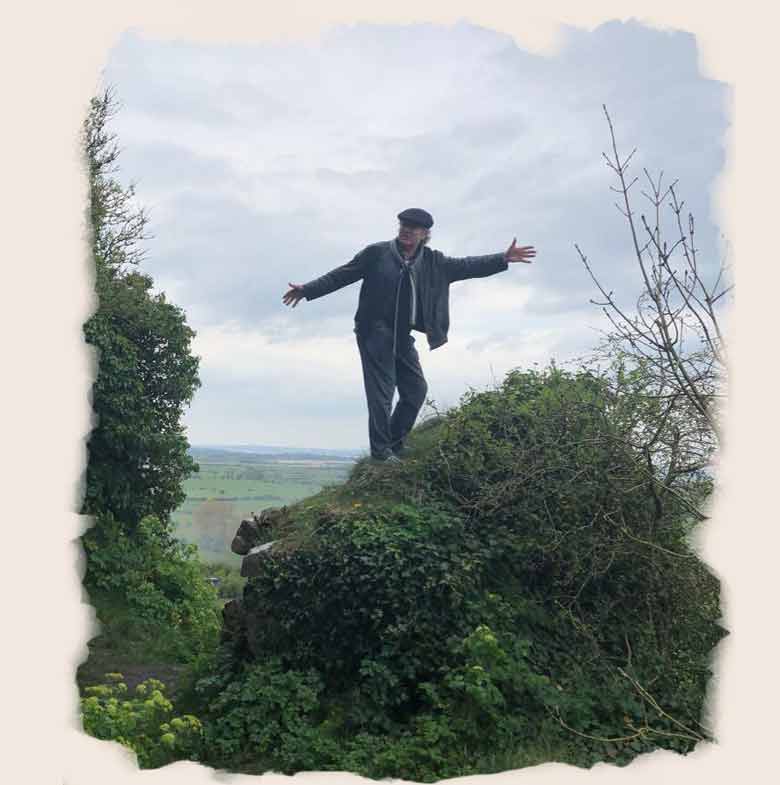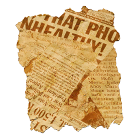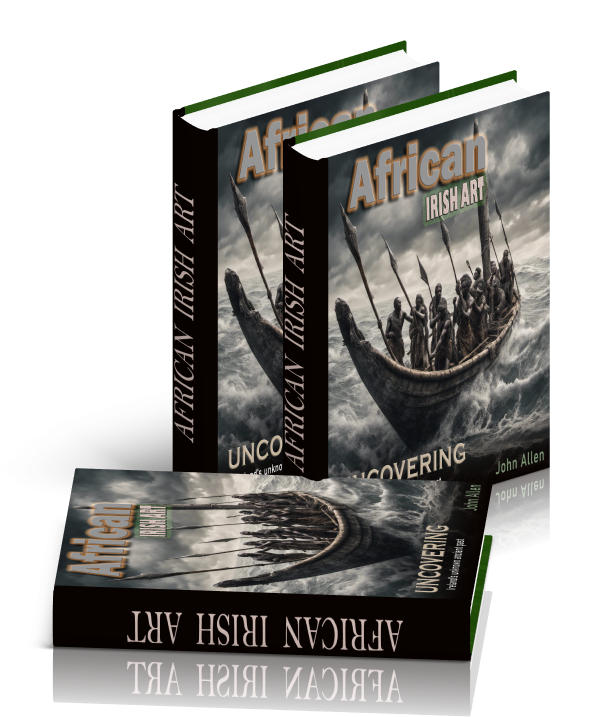African Irish Art
is the depository for an untold ancient history of Black Homo-Sapiens from West Africa to The Isles of Britain and Ireland, as seen through the lens of these new immigrants.
What is "African Irish Art" ?
African Irish Art is the depository for an untold ancient history of Black Homo-Sapiens from West Africa to The Isles of Britain and Ireland, as seen through the lens of these new immigrants.
The book Continuum reveals the first words spoken on ‘The Isles’ of Britain and Ireland before the arrival of The Celts and The Romans. They came directly by boat from Senegal, West Africa, possibly as far back as 50,000 years ago .These homo-sapiens were Black .Their words became a substrate language to Gaelic and continues to survive today. Their evidence can be found in their words and interpretations for the landscapes, boats, rivers, lakes, islands, technology, mathematics, taxation, politics, music, dance, Gaelic sports, and religion all over ‘The Isles’. They learned the precursor for the word for speed, the internet and space science from the monkey and their story can be found in action today. It is the story of The Kingdom of Kerry, that is not forgotten because it was never known, and once embraced all ‘The Isles’ of Britain and Ireland and may do so again. This book reveals palimpsest annals that are not available in Trinity College Dublin.
These words began in the jungle and in Africa and those that arrived to The Isles came by boat. Collating ancient words in the languages of Gaelic and Wolof represent the metaphor for an amberized fossil of words opened and revealed in this book that record that time period as it was then. Travelling to the past enables this new history to reconnect to the present, so the color of the future can be seen to be only the product of the sun, and not politics of the past. Connecting algorithms reconnects stories and music of ancient tribes in Africa and to the modern world today.
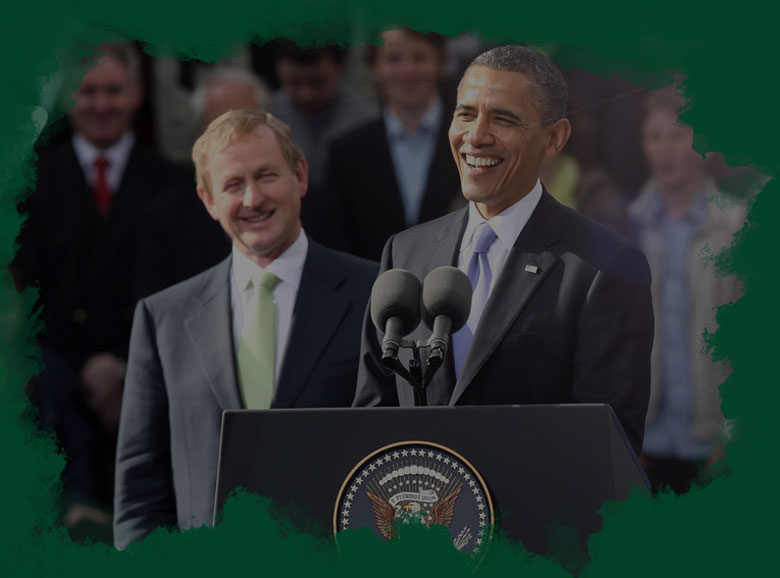

The Background
The former President of America and graduate of Harvard Law School, Mr Barack Obama, when addressing the Irish people gathered in Dublin at a public meeting in the center of the city, commenced in Gaelic with, ''Is Féidir Linn'', meaning, ''We can do it''. The response was a public roar, laughter, cheering and jubilation, a poignant moment reclaiming their national identity to the world. Little did he not realize that he was speaking from a cluster of ancient words of his forefathers from Africa that since evolved to spoken Gaelic today. During his earlier life before his presidency, Mr Obama always proclaimed ‘the audacity of hope’, and that ‘there is The United States of America’. His mother who is of Irish extraction once told the young Obama '“To be black was to be the beneficiary of a great inheritance, a special destiny, glorious burdens that only we were strong enough to bear.” Mr Obama proved to be the beneficiary of this inheritance proclaiming it to the world and providing hope to the realm of all his people.
The beauty of the rivers and landscapes on The Isles of Britain and Ireland are captivating, and their road signposts and maps inform the public, something more than directions. Our story tells us that they are enriched with a history, entwining original man's evolving expressions from Africa with their interpretations of their ancient feelings, that are now written on maps indicating their locations. Officially they have no signposted meanings and others are given an effortless banal interpretation to suit the local bureaucracy. Sadly, the meanings of the local beauty of the destinations have been lost in translation from the time of the earliest arrivals of homo-sapiens to The Isles. Our story reveals a defined new open-air gallery of art, reclaiming a lost ancient time period, from small villages in Africa and their music and dance.

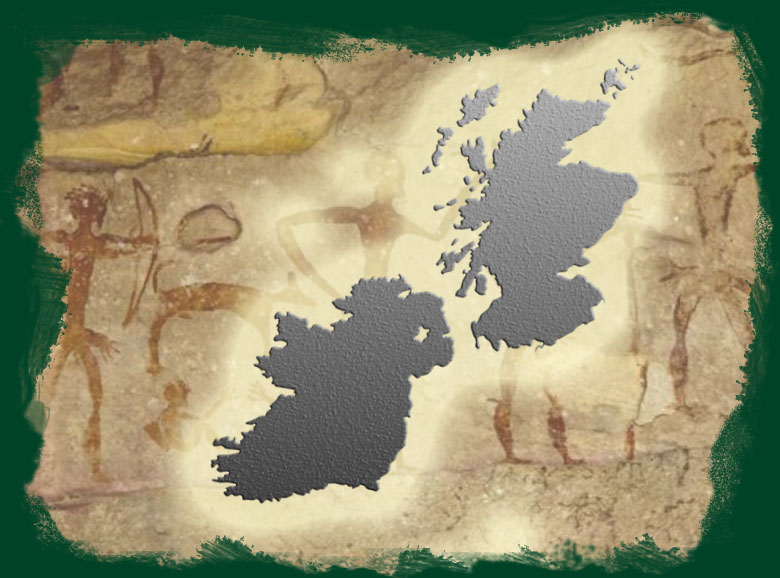
The coastline of the West of Ireland and Scotland and their local language Gaelic, inhabit something deeper and profound and communicate a raw original instinct that is stronger than elsewhere on The Isles. Interpreting their local culture, language both Gaelic and Anglo Irish, sports and music, surprised us more than we expected.
During the course of the research many words were discovered that should replace what today's world has lost in translation, and this can provide a catalyst to renew and reclaim a stronger trusting social order than what has become today. The expression 'We are, who we are, where we are', should be better understood from reading the findings of this research, that remains work in progress.
Those first arrivals from West Africa brought their dreams and aspirations with them, and all their social and village life and family values. Their simple language then became the cornerstone for building the first mindset on The Isles that remains today, irrespective what language is spoken around The Isles.
It is now possible using these new palimpsest annals to reveal the primal interpretation of all the local landscapes and to visualize the ancient landscape gallery it was then, and the economic traction prevailing in their tribal society.
Fast forward, to a recent time period, Black African slaves were transported by white slave traders to America from West Africa. Their traders may once have been from small villages in Africa many generations earlier, when this information was not known until now, and had it been, a different political decision may have been enacted that would not have involved such pain and tragedy that has since occurred. Those Black slaves, unlike their predecessors to The Isles, lost all their identity, their language and culture, and were separated from other family members that made their life's experience more difficult. Denied their past , their dreams and their language and their village stories, Black slaves in America persevered. Nevertheless, something remains missing and a new alignment of algorithms from the ancient past needs to be reconnected and re-enacted to repair and reaffirm their true identity into today's society again as it should be. Our new story can do that.
Understanding shared interpretations of landscapes, music and dance, language and culture makes possible to tell old stories from Africa and those on The Isles and to reconnect everyone together and to allow the sun only make color and not the local politics. This will reaffirm The United States of America that ‘we can do it’, ‘Is Féidir Linn’ (Gaelic) / Li Faydaal Lenu (Wolof).



